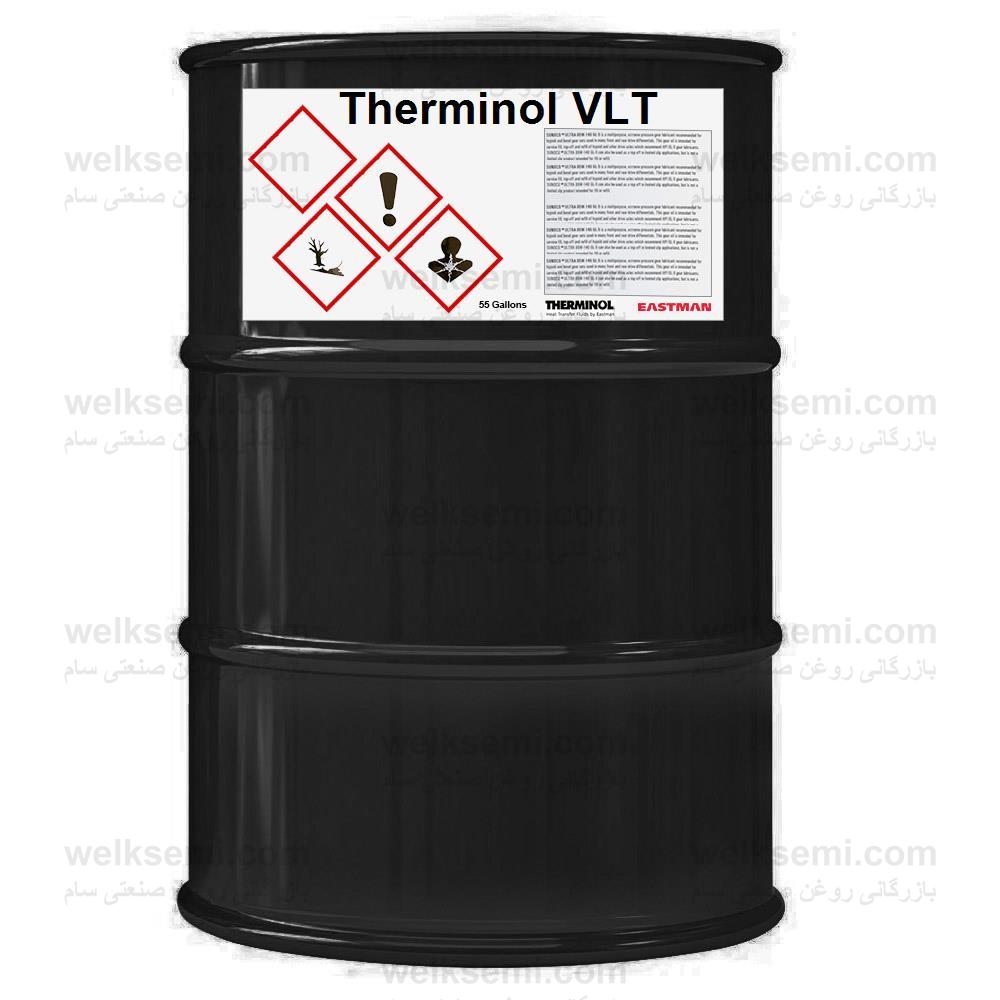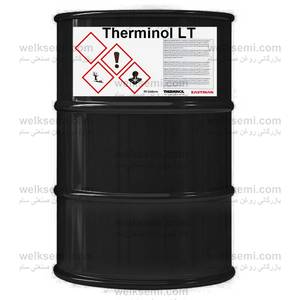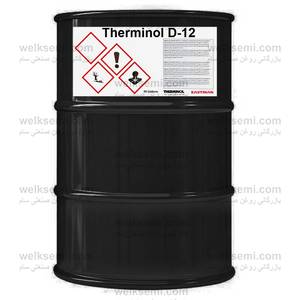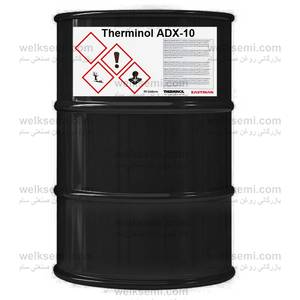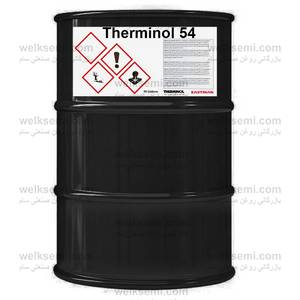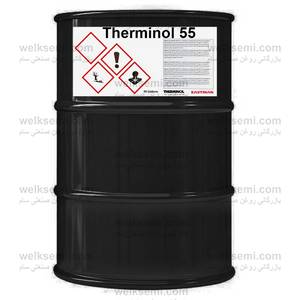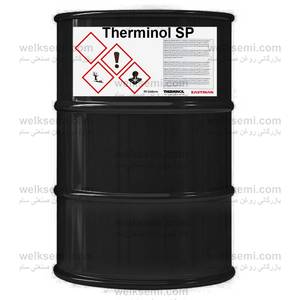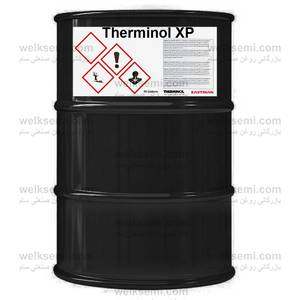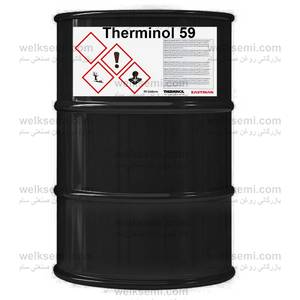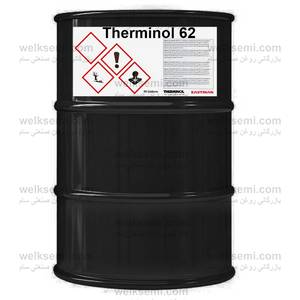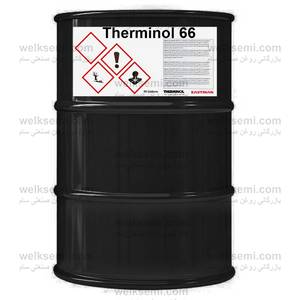Introduction to Therminol VLT
Therminol VLT is a specialized heat transfer fluid designed for high-temperature applications. It offers efficient thermal transfer characteristics, making it a reliable choice for industrial processes. Therminol VLT is particularly useful in solar thermal applications, providing excellent heat stability and performance.
With a wide operational temperature range, Therminol VLT is formulated to meet the needs of various industries, including chemical processing, food production, and power generation. Its unique formulation minimizes thermal decomposition, enabling prolonged usage at high temperatures.
Overall, Therminol VLT stands out as a top-tier heat transfer fluid that combines efficiency with robustness, ensuring optimal performance in demanding environments.
Applications of Therminol VLT
Therminol VLT has a vast array of applications across different sectors. Its primary utility extends to process heating and cooling systems. Industries such as petrochemical, pharmaceuticals, and food processing have benefitted from the thermal properties of Therminol VLT.
In the solar energy sector, Therminol VLT is utilized in concentrated solar power plants, enabling heat to be captured and transferred effectively, which is essential for energy production. Furthermore, its thermal stability allows for continuous operation without the need for frequent fluid replacements.
In addition, Therminol VLT can also be found in polymer processing, serving as an important medium in various manufacturing processes where temperature control is critical. Its versatility makes it a go-to choice for applications requiring reliable heat transfer.
Benefits of Therminol VLT
The advantages of using Therminol VLT in heat transfer applications are numerous. One of the most significant benefits is its minimized risk of thermal degradation, which allows for longer service life and reduced maintenance costs.
Therminol VLT also exhibits a high heat capacity, which translates into improved energy efficiency during operation. This is particularly beneficial in industries where energy consumption reduction is crucial for cost management.
Moreover, the low vapor pressure of Therminol VLT makes it suitable for high-temperature applications without the risk of boiling off. Its stability across a wide temperature range adds to its flexibility in various processes, enabling it to adapt to specific operational needs.
Thermophysical Properties of Therminol VLT
Understanding the thermophysical properties of Therminol VLT is essential for its effective application. It boasts excellent thermal conductivity that ensures efficient heat transfer during heating and cooling cycles. The heat transfer coefficient of Therminol VLT plays a vital role in optimizing system performance.
Furthermore, Therminol VLT has a favorable viscosity profile, allowing it to flow easily through piping systems without significant pressure drops, thus promoting efficient circulation. Its low pour point ensures that it remains fluid even in colder environments.
The density of Therminol VLT is also an important aspect, influencing its handling and storage requirements in industrial settings. Knowing these properties can help engineers and operators make informed decisions about their heat transfer systems.
Safety Considerations for Therminol VLT
Safety is paramount when handling any industrial fluid, including Therminol VLT. Proper handling procedures must be followed to mitigate any risks associated with its use. It is crucial to consult the Material Safety Data Sheet (MSDS) for detailed safety instructions.
In case of spills, steps should be taken immediately to contain and clean the affected area. Personnel should wear appropriate protective equipment while handling Therminol VLT to avoid skin and eye contact. Ensuring that storage areas are well-ventilated can further reduce the risk of exposure.
Understanding the flash point of Therminol VLT is also vital for fire safety. Facilities using Therminol VLT should implement proper fire prevention measures, including fire extinguishers and emergency response plans, to safeguard personnel and property.
Technical Information of Therminol VLT
The technical specifications of Therminol VLT are critical for ensuring its proper application in various systems. The fluid's operational temperature range typically extends from -40°C to 400°C, making it suitable for high-temperature industrial processes.
For precise applications, operators should be aware of the recommended flow rates and system pressure requirements associated with Therminol VLT. This information is essential for maintaining system efficiency and preventing undue stress on equipment.
Moreover, the recommended maintenance schedule for Therminol VLT should be followed to ensure optimal performance. Regular monitoring of fluid properties, such as viscosity and acidity, helps to identify any degradation over time and informs necessary actions.
Comparing Therminol VLT with Other Fluids
When considering heat transfer fluids, Therminol VLT frequently stands out in comparison to alternative products. Its unique formulation offers superior thermal stability, which is often lacking in other fluids. Traditional mineral oils may not withstand high temperatures as effectively as Therminol VLT.
Additionally, Therminol VLT generally provides better heat transfer coefficients than other organic fluids, allowing for lower energy consumption and enhancing overall efficiency. This efficiency can be a decisive factor for industries where energy costs are paramount.
Assessing the long-term costs associated with fluid replacement and maintenance is also crucial. Therminol VLT's extended life capabilities can lead to savings over time, positioning it as a cost-effective solution compared to its competitors.
How to Buy Therminol VLT
For those interested in procuring Therminol VLT, multiple purchasing avenues are available. It is advisable to engage with authorized distributors or local suppliers who specialize in industrial heat transfer fluids. Online purchasing platforms also offer a convenient option for buying Therminol VLT.
Before making a purchase, prospective buyers should compare prices and evaluate suppliers based on customer reviews and service quality. It is important to confirm that the supplier is reputable and offers genuine Therminol VLT products.
Lastly, check for bulk ordering options if your facility requires large quantities, as this could lead to cost savings and ensure a consistent supply of Therminol VLT for ongoing operations.
Product Specifications of Therminol VLT
The specifications of Therminol VLT are crucial for understanding its capabilities and optimizing its use in applications. The product typically boasts a high flash point, generally around 160°C, providing a confidence factor for safety in high-temperature processes.
Its density usually ranges from 0.8 to 0.9 g/cm³, enhancing its applicability across different thermal systems. The specific heat capacity is another essential specification, typically around 2.1 kJ/Kg·K, which indicates how efficiently it can absorb and transfer thermal energy.
Furthermore, the viscosity of Therminol VLT at room temperature is well-calibrated, contributing to optimal fluid dynamics in heat transfer systems. Understanding these specifications enables users to tailor their systems effectively for peak performance.
